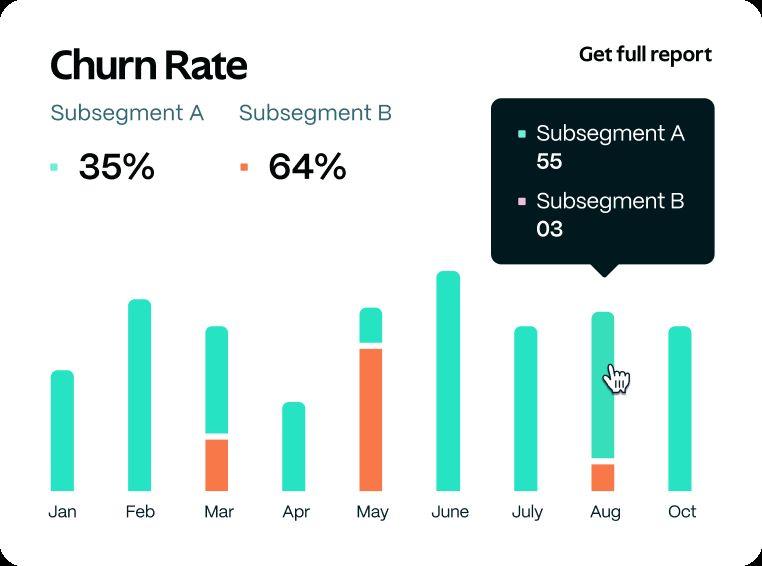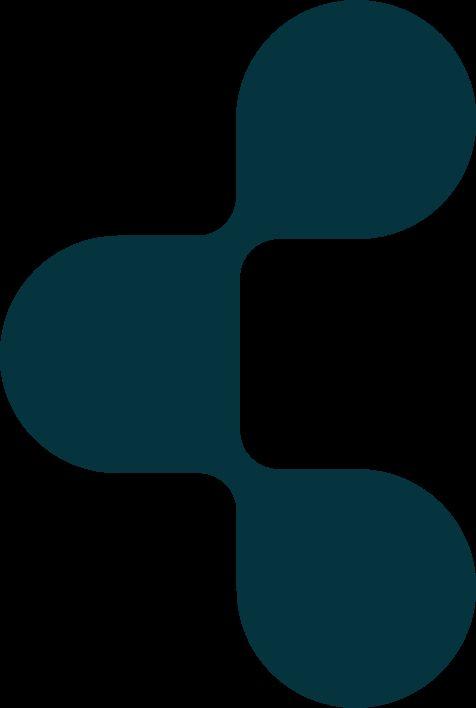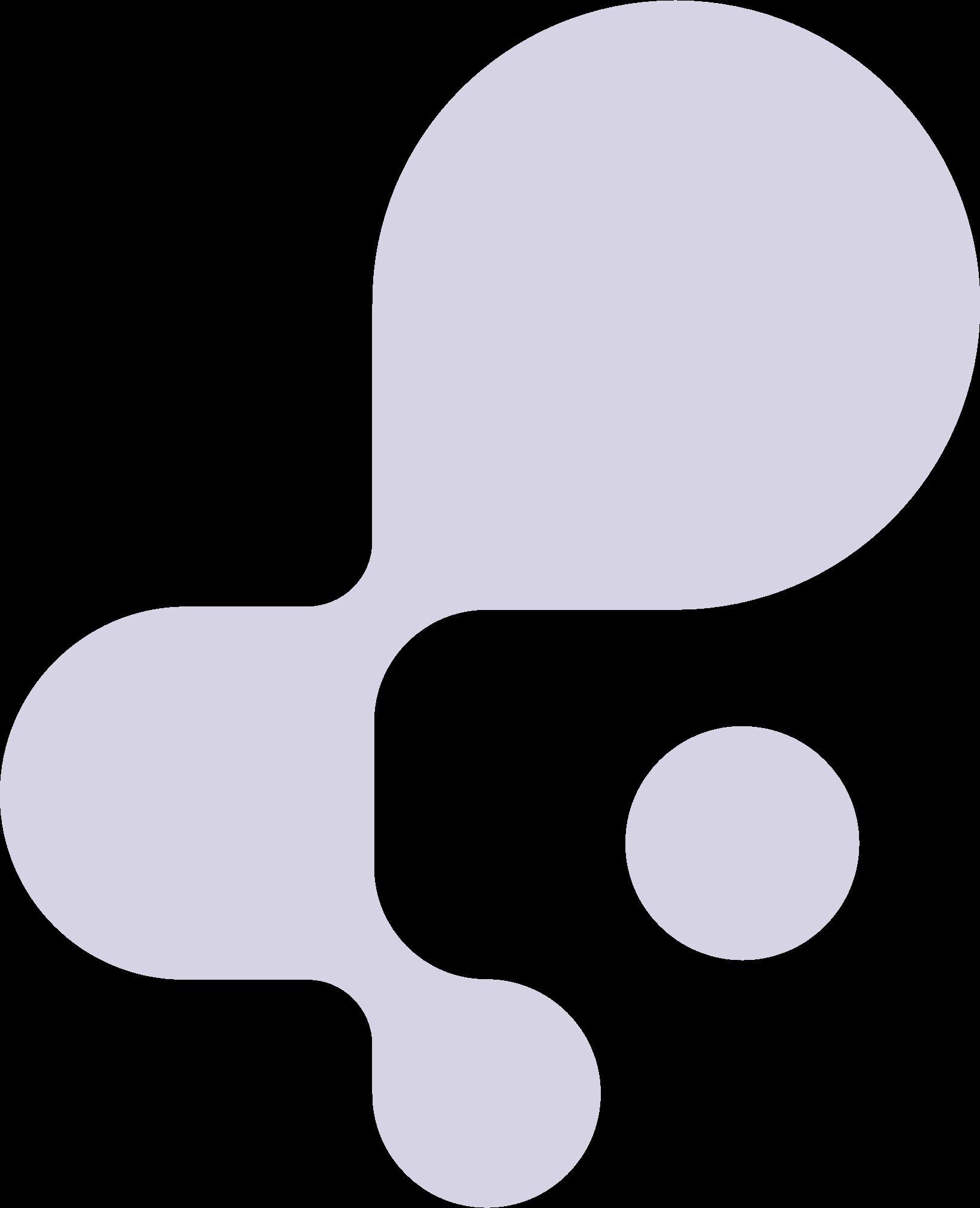
















Free trial conversions
Welcome journey optimization Retention
Increase reactivation Reactivation
Reduce churn Retention
Upgrade customers
Happy calls
Theme recommendation
Predicting how to engage which readers based on their behaviour to improve conversion to paid subscriptions
Creating separate welcome journey flows so that we can predict who should enter which flow
Use Churned AI to predict who is likely to reactivate and focus time and money on those churned customers
Use Churned AI model to predict who will churn and next best actions to reduce churn
flow
Saving costs on excluding people from calls and making impact on the right customers
Predict which themes, authors, podcasts to recommend to increase engagement
Increase reading behaviour Engagement Use RFV model & segments to personalize outreach and improve engagement
Cancelled but active Retention
Renewal optimization
Personalize the revert-churn messaging by using RFV & cancellation reason to determine the correct channel
Optimize timing, channel & content of your non-monthly customers before their renewal moment


The use cases on the left are examples of cases where churned predictions and next-best-actions can improve the current situation. These cases are based on the publishing industry, but may not apply to every publisher.
The benchmark improvement is the average improvement that is made on the specified KPI. Actual improvement may vary dependent on the maturity of the current situation.
Explore
Running new use case experiment
Define where the biggest opportunities can be found based on use cases and client data.



Run


Personalize
Define the setup of the experiment.
Configure all settings for the experiment, prepare and implement the experiment.


Define a use case

Let the experiment run for a set period of time.
Analyse the results and generate recommendations.



Run the experiment


Implement recommendations and reap the benefits.

Implement recommendations

Use cases with retention as the KPI




Optimize the welcome journey flow to improve crucial first months' retention.
Example of groups:
● A: High-intensity; High-intensity journey for users with short attention spans, including video’s and short content.
● B: Quality-content; Slower-pacedjourney, emphasizingpersonalisedcontentquality.
● C: Normal welcome journey: Current version with balanced pacing and messaging.


Unhealthy customers receive an email with a personal video in the content. There has been evidence with other customers that personal videos can have a significant positive impact on the retention rate.
Example of groups:
● A: Normal retention email
● B: Exclude from email
● C: Email with personal video (e.g. video from CEO)


Customers that are up for renewal are messaged in different ways to determine what triggers them most.
Example of groups:
● A: Benefit-focused; Highlightstheperksand benefitsofrenewing.
● B: Value-focused; Emphasizesthevalueof thecontentorserviceprovided.
● C: Transaction-focused; Existingrenewal notificationmessagethatis transaction-focused.

Every customer received an email where they can spin the wheel of fortune to win prizes. Every prize represents an AB-group within the experiment.
Examples of prizes:
● Free gift on next renewal
● 10% discount on next renewal
● 15% discount on next renewal
● Free upgrade
● Free magazine
The impact that we are measuring is the retention rate of renewal X to renewal Y.
Once the experiment is completed, the next-best-action model can be used to predict for each new customer that reached order X which of the prices they should receive in order to optimize their retention probability.



Optimize the flow for customer that cancelled but are still active based on value & RFV segmentation.
Example of groups:
● A: Exclusion group
● B: Loyalty reward or perk (e.g. free book/early access to content)
● C: Call from Customer Success
● D: Survey to learn + follow-up with CTA
● E: Discount through email (e.g. 20% on next cycle)




Customers with a high likelihood of reactivation determined by Churned’s reactivation model can be reached out by different (expensive) channels, low scores to non-expensive channels & actions.
Example of groups:
● A: Discount + regular emails
● B: Discount (ads or emails) + telemarketing
● C: Telemarketing
● D: Discount emails only
Since all the channels used are costly, simply looking at the reactivation rate is not accurate, therefore the impact that we are measuring is the ROI.
After the experiment is completed, the next-best-action model can predict which channel has the highest ROI per customer profile.


Optimize the reactivation journey flow to improve ROI on the reactivation touchpoints.
Example of groups:
● A - Low cost multitouch: flow with 2 discount emails and 2 normal emails focused on value creation
● B - Multichannel: Discount emails alternated with telemarketing attempts → more costly, so only done for high reactivation probability customers.
● C - Single channel expensive: only telemarketing as a channel → more costly, so only done for high reactivation probability customers.
● D - Single channel cheap: only discount emails at a fixed interval to low reactivation probability customers.










1. Recency: How long since the customer last interacted?
○ Recent = Engaged!
○ Long ago = Needs attention.
2. Frequency: How often do they interact?
○ Frequent = Loyal!
○ Rarely = Keep them coming back.
3. Volume: How much product depth do they have?
○ Many features = High feature adoption!
○ Few features = Low feature adoption!





(Digital) customers with different reading behaviour receive different engagement flows tailored to their RFV Segmentation.
Example of groups:
● A: Control
● B: Article or theme recommendation
● C: Pick your new interests
● D: Ask to adjust their notification settings





